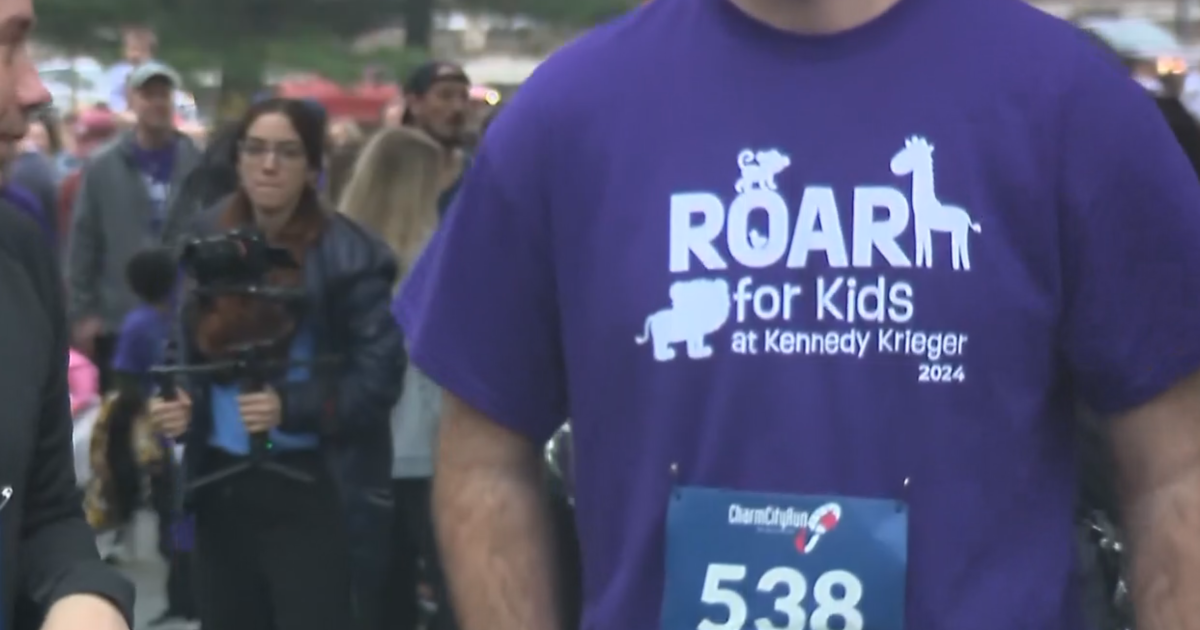Parents Carpooling Kids Often Skip Booster Seats

While the necessity of protecting young children riding in vehicles by using a child safety restraint is widely known and most parents of young children use them when transporting the youngster(s) in their own car, it's quite a different story when children are in a car with another driver while carpooling.
That's according to a new study conducted by the University of Michigan's C.S. Mott Children's Hospital and published in the online version of Pediatrics.
Study findings
The study found that while most parents say they typically require that their child use a booster seat, more than 30 percent of those surveyed said they didn't enforce this rule when their youngster rode with another driver.
Also disturbing is the finding that 45 percent of parents said they don't require their kids to use a booster seat when driving other children who do not have one.
Dr. Michelle Lacy, a clinical researcher at the University of Michigan Medical School and an investigator with the U-M Child Health Evaluation and Research Unit, highlighted her concerns in a university press release. "The majority of parents reported that their children between the ages of four and eight use a safety seat when riding in the family car.
"However, it's alarming to note that close to 70 percent of parents carpool, and when they do, they're often failing to use life-saving booster seats."
Researchers suggested that the reasons parents may fail to use booster seats may include limited vehicle space and difficulties encountered or perceived in making arrangements with other drivers in the carpool.
State laws were seen as important and associated with higher safety seat use, whether carpooling children or not. But half of the parents surveyed didn't know the age cited in their state booster seat law, and another 20 percent guessed incorrectly.
See the full text of the study published in Pediatrics here.
Recommendations
Study authors noted that state booster seat laws may help set social norms, as parents are motivated to follow the guidelines required by law. In fact, most state laws require a booster seat for children, many until they reach the age of eight years. Meanwhile, national recommendations encourage booster seats be used until a child reaches a height of 57 inches, about the height of the average 11-year-old.
Placing a child in an adult seat belt too soon can negate the seatbelt's effectiveness at preventing injury.
Parents should consistently use booster seats for kids who are shorter than 57 inches.
Click here for further information from the Insurance Institute for Highway Safety on how seat belts should fit and on choosing the right type of child restraint.
For car seat laws by state, car seat recommendations, car seat safety ratings, inspection stations, recalls and more, see Child Safety on the National Highway Traffic Safety Administration (NHTSA) website.
Finally, learn more about child passenger safety from the U.S. Centers for Disease Control and Prevention.
_____________________
This story originally appeared on Family Car Guide.



